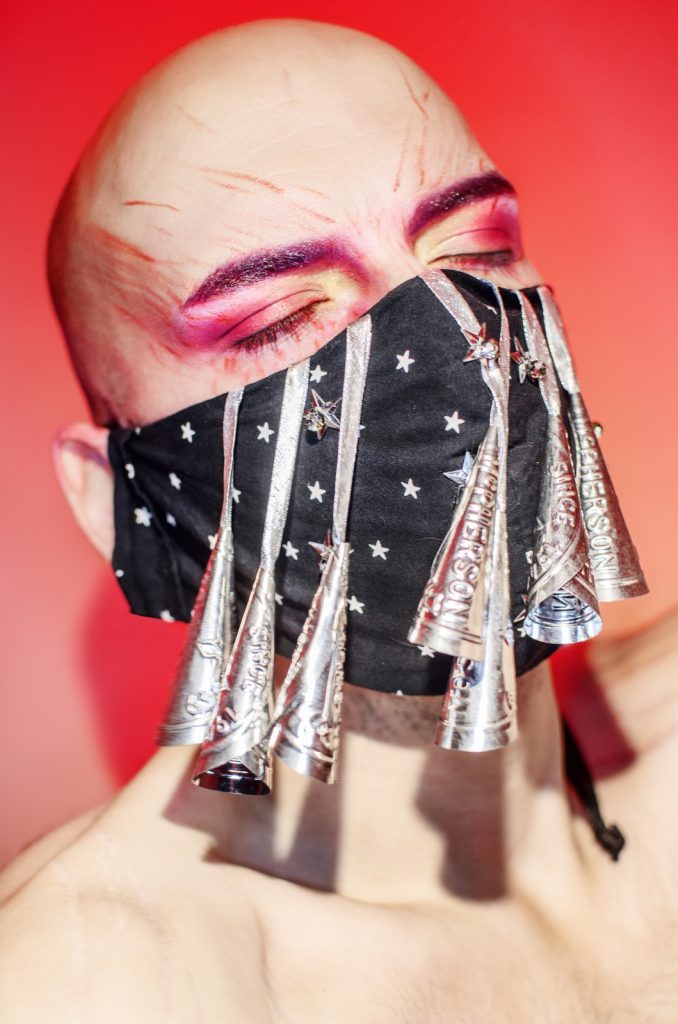
Creating community in the arts is especially important for those who identify as disabled.
In October 2021, members of the disability arts community gathered online for the first annual Disability Atlantic Arts Symposium (DAAS), hosted by JRG Society for the Arts. Artists connected on Zoom to discuss pertinent topics surrounding the experience of being a disabled artist. Divided into three separate Zoom sessions with panellists from around Atlantic Canada, the event included conversions that addressed the impact of the pandemic on disabled artists and discussions on the funding available for disabled artists. On the last day, there was a cabaret showcase performance.
The online event highlighted several key topics relating to life as a Disability-Identified artist and creating interconnectedness in the disability arts community.
I have only recently included myself in the Disability- Identified arts sphere. Living with an invisible illness, I have always found it difficult to place myself on the same level as those with more visible disabilities. Each panellist brought insightful perspectives on their unique lived experience as a disabled artist. As an attendee, I felt welcomed and accepted, and I left feeling inspired to create and share my work within the evergrowing community of Atlantic Canadian Disability-Identified artists. Attending DAAS was an eye-opening experience, as it showed me that disabilities come in all shapes and sizes, and no one disability out-disables another.
Kicking off with a panel titled “Strange Avenues,” moderator Debbie Patterson spoke with Kjipuktuk-based artists Anna Quon and Vie Jones.
Quon is a poet, novelist, visual artist, and filmmaker whose work reflects her personal journey through “madness.” She also facilitates creative workshops for those with lived experience of mental health diagnoses and psychiatric histories. With a BA in English Literature from Dalhousie University, Quon has worked in the not-for-profit sector for most of her career. She has also worked as a freelance writer. When speaking about her experience as a Disability-Identified artist, she emphasized the importance of basic rights and income—the same as any other worker in the workforce. Quon also spoke to storytelling and advocacy in the arts community.
“Most people who have something to say through their art probably are concerned somewhat about the world around them,” says Quon. “It might be the natural world only, it might be the human sphere, but I think if you’re going to make art, then hopefully you have something to say about what you’re making art about.”
Quon also expressed thankfulness to be working with publishers who understand the added pressure that has risen due to the pandemic.
Vie Jones is an Anishinaabe, Two-Spirit artist, educator, and storyteller originally from Garden River First Nation. They received their BFA in Photography in 2019 from NSCAD University, where they are currently finishing their Master’s in Arts Education. Their work is centred on education and research relating to Indigeneity, storytelling, and rejecting capitalist notions of being. They provided insight into how the pandemic changed their artistic process.
“For me, it was about how to stop making and then reintroduce, as I’ve only been able to be in a space to actually make work for the last two months,” says Jones. “And so, it’s about trying to re-engage with that, looking at what I’m making and who is consuming it as well.”
Jones also emphasized the importance of community during this time, as losing the only gay bar in Halifax during the pandemic has had an impact on their ability to create, as well as that of other performers.
Part of the symposium focused on funding for disabled artists and opened a dialogue between artists and funders from Atlantic arts organizations. Several common themes emerged, the first being the need to re-examine the definition of disability and how this classification affects an artist’s likelihood of acceptance for funding. In other words, does self-identification as a disabled artist have an impact on whether or not the artist will receive grants?
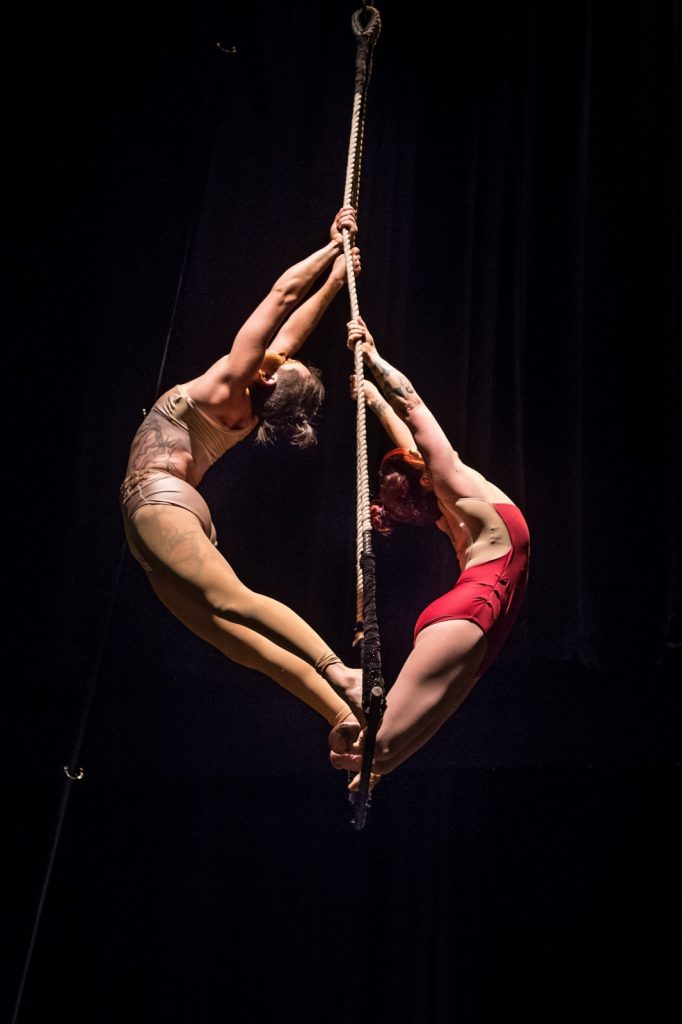
Currently, some organizations have a definition of disability, but these definitions can be limiting. Artists shared stories of being accepted for grants when they were making art related to disability, but not when their proposed projects did not relate to their disability.
Vanessa Furlong of LEGacy circus made clear that as a Disability-Identified artist it is impossible to remove disability from her work, even if the subject is not necessarily related to her disability.
“Whether or not you’ve made your show about disability, disability is there,” says Furlong. “It is in who I have on the stage with me, it is about the way that I’ve created the art, it is about who is coming into my space and enjoying that art.”
Another point of discussion was how artists fund their health needs and how arts funding affects other aspects of disabled artists’ lives beyond the creation of works, as they often face challenges in prioritizing their health care expenses over their art-related expenses. Receiving arts funding can put an artist above their allowable income, which in some cases makes them ineligible for necessary health support, forcing them to choose between health services and creation. This discussion led to the question of how Disability-Identified artists can work with arts organizations to make positive changes in funding programs and ensure that disabled artists’ needs are being met.
The overwhelming response from funders was to encourage artists to reach out and open lines of communication to better inform accessibility within the arts sector. Lauren Williams, who works for Arts Nova Scotia, also brought forward the fact that it is the responsibility of arts organizations to ensure that they hear from the right people and not make decisions without the voices of those who will be affected by strategic planning decisions.
In the future, DAAS hopes to plan a Disability Atlantic Arts Symposium annually or bi-annually with a rotating cast of planning committee members. Their goal is to bring the disability arts community together, foster opportunities for collaboration between artists, demonstrate the need for increased accessible funding for Disability-Identified artists, and continue to give the already excellent work being made here the spotlight it deserves. Hopefully future events can happen in person, as well as online, with open calls for panellists, presenters, and artist submissions.
Planning committee member Alexis Bulman summed up the intentions behind the Disability Arts Atlantic Symposium.
“DAAS doesn’t just point to all the flaws and barriers in existing systems that prevent Disabled-Identifying artists from participating and thriving in Atlantic Canada,” says Bulman. “It’s also about expanding the imagination and celebrating where our disabilities have already led us artistically.”
As a Disability-Identified artist, I am personally invested and excited to watch the disability arts community in Atlantic Canada grow through the expansion of the symposium and beyond. For those who missed the symposium, transcripts of the panels are available through JRG Society for the Arts.

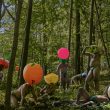
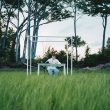









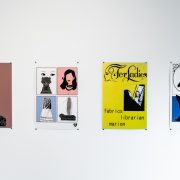
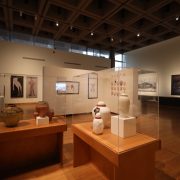


Leave a Reply